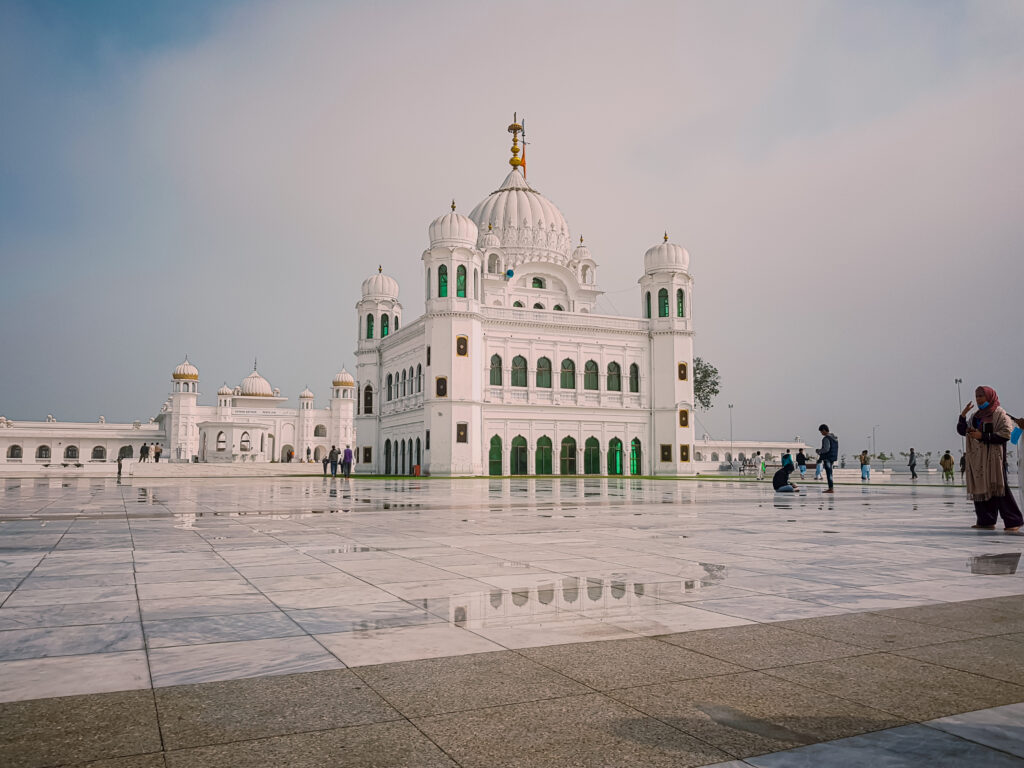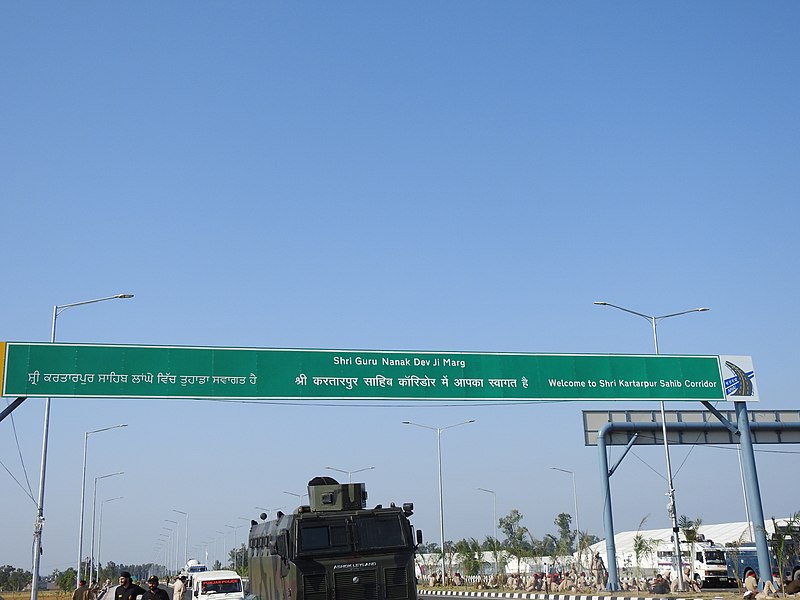When India and Pakistan were Partitioned in 1947, the state of Punjab, the homeland for Sikh people, was also divided, leaving Kartarpur (one of the four sacred Sikh pilgrimage sites) in Pakistan, while a majority of Sikh people fled to India. Guru Nanak, the founder of Sikhism, had established his community in Kartarpur in the 16th century, after doing missionary work, and eventually passed away at the site in 1539. The Sikh community in India had called for visa-free access to Kartarpur since the Partition, but India-Pakistan relations have been extremely contentious for most of recent history, with regular tensions and outbreaks of conflict proving a barrier to such a proposal.

In 2018, however, the Government of Pakistan announced their intention to go forward with the construction of the Kartarpur Corridor, allowing Indian Sikhs to access their holy place, and the Government of India soon approved these plans. The 4.7-kilometer long Kartarpur Corridor has been operational since 2019, and aside from temporary closures due to the COVID-19 pandemic, Indian pilgrims have been able to visit the gurudwara.
Peace-building amid Partition
India-Pakistan relations have been fraught with tension since the Partition in 1947, a final act of colonialism that has shaped the subcontinent ever since. The Partition displaced tens of millions of people, including my own family, and is one of the cornerstones for Hindu-Muslim conflict in the continent. It should not be forgotten that Sikh people were also significantly affected because their heartland of Punjab was divided into two. The rushed and myopic way in which the Radcliffe Line (the India-Pakistan border) was drawn and implemented was characteristic of British rule in India and set the states up for perpetual conflict.

The Kartarpur Corridor is significant in this context because it represents an act of co-operation between two hostile states which overturns colonial legacies in the subcontinent, thus building small and fragile pocket of peace on numerous levels. Given that colonialism is at the root of much political unrest across the world, and that many post-colonial states were formed on the basis of arbitrary borders, the Kartarpur Corridor offers an example of problem-solving that transcends that problematic legacy, overcoming issues that have arisen from incongruent social and political borders. As such, it offers glimpse of what could be, if this kind of problem-solving were scaled up and extended to tackle other tensions arising from colonial residues.
The Corridor also offers insight into the role of religious sensitivities in peace-building. The very premise of the Partition was that Pakistan was to be a Muslim-majority country and India was to have a Hindu majority, but this left Sikh religious minorities impacted in both countries. The way in which India and Pakistan have (finally) co-operated to provide India-based Sikhs with access to an important religious site shows that even long-standing political divisions can sometimes be set aside. It also highlights the value of paying attention not just to minority experiences but to the second-order impacts of conflict, which are not always predictable and not as visible as the main lines of division. The opening of the Kartarpur Corridor is a very small step forward in a much larger, long-running conflict; but it addresses one consequence of that conflict, and helps in bringing some personal peace (as a counter-weight to forced displacement) to Indian Sikhs keen to visit one of their holy sites.
What do you think?
- How effective do you think the construction of the Kartarpur Corridor will be in mitigating long-running legacies of conflict like forced displacement and inter-group tensions?
- In what ways might the opening of the Kartarpur Corridor promote wider peace-building between communities in India and Pakistan?
- In what other ways can borders become sites for peace-building in conflict zones? Do other border zones come to mind as places of peace-building, not just division?
- How much peace-building around the world involves addressing the legacies of colonisation?
- What role does place (access to place, spiritual places, historic places, imagined places, etc) play in peace-building?
If you enjoyed this item in our museum…
You might also enjoy ‘Jasmine‘, ‘Place is the Path to Peace‘, ‘Douglas Gillespie’s Path of Peace‘ and ‘Visualising Peace after Forced Displacement‘.
Pia Tiwari, April 2022